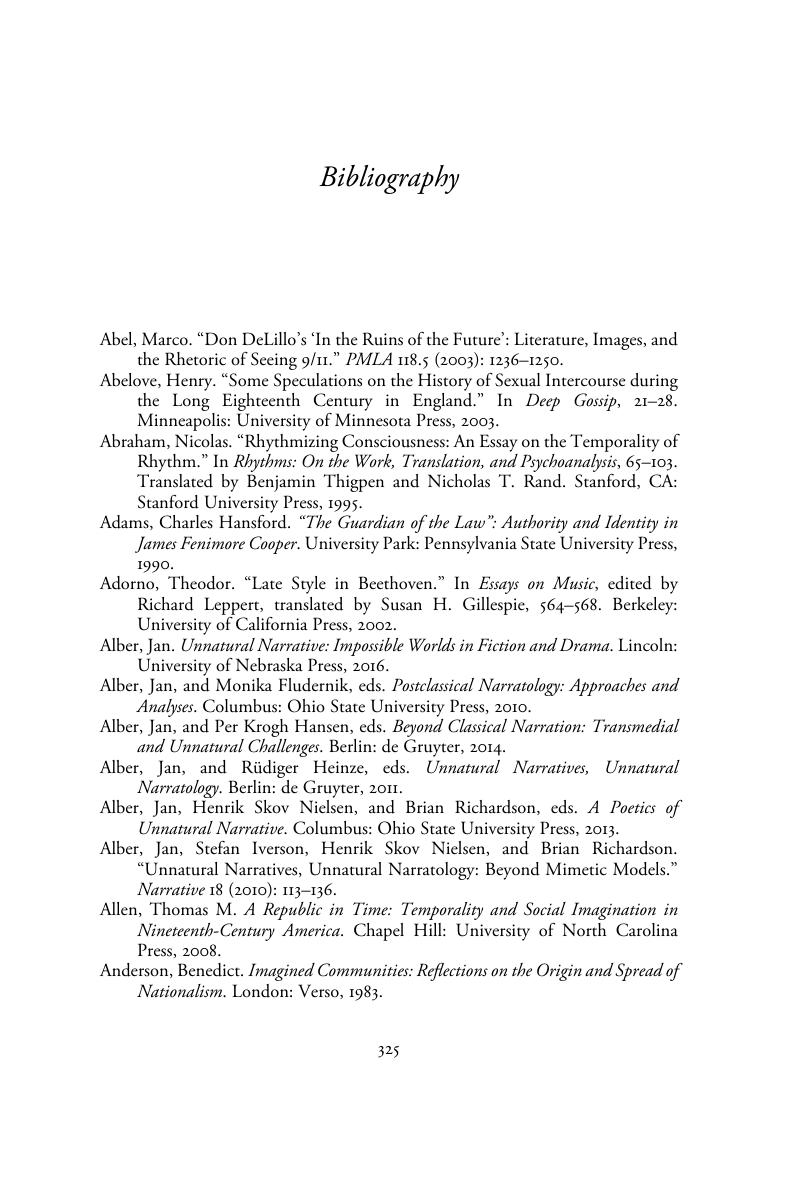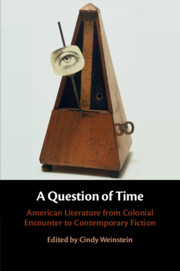Bibliography
Published online by Cambridge University Press: 30 November 2018
Summary

- Type
- Chapter
- Information
- A Question of TimeAmerican Literature from Colonial Encounter to Contemporary Fiction, pp. 325 - 346Publisher: Cambridge University PressPrint publication year: 2018



